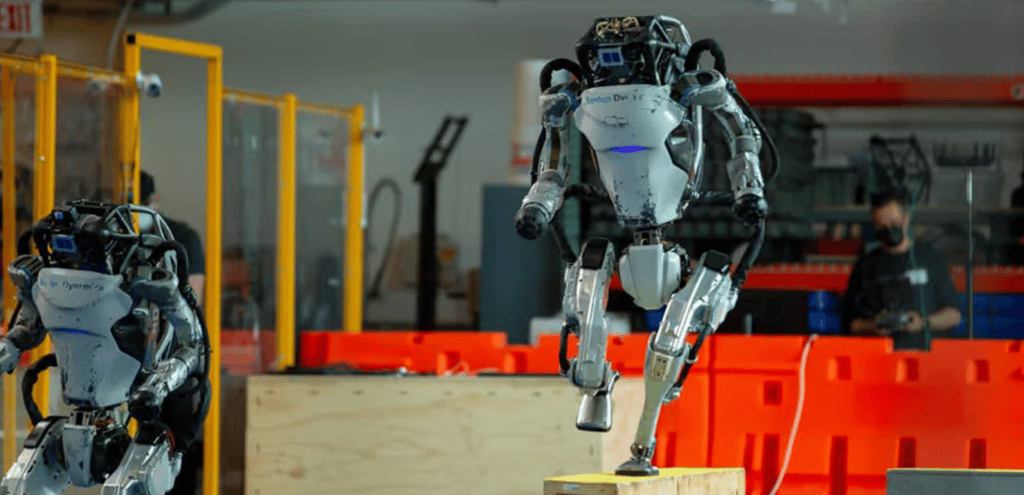
After 11 years, Boston Dynamics is bidding farewell to Atlas, the humanoid robot best renowned for its dance sequences and amazing backflips. In a YouTube video, the robotics business announced that its hydraulic bot may “kick back and relax” in retirement.
Atlas was produced by Boston Dynamics in 2013
Atlas was produced by Boston Dynamics in 2013 as part of a Department of Defense contest. Atlas was six feet, two inches tall, and weighed 330 pounds in its original form. Over the years, Boston Dynamics tweaked Atlas’ architecture, allowing the robot to hop, jump, and pirouette across a mat, as well as toss around tool bags.
Boston Dynamics’ decision to retire the bipedal bot is not surprising, given that the company does not sell Atlas to commercial customers as it does with its dog-like robot Spot and warehouse worker Stretch.
“For almost a decade, Atlas has sparked our imagination, inspired the next generations of roboticists, and leapt over technical barriers in the field. Now it’s time for our hydraulic Atlas robot to kick back and relax. Take a look back at everything we’ve accomplished with the Atlas platform to date,” said the description of a video released on Tuesday compiling the progress of the platform over time.
A timeline of Atlas Robot’s history at Boston Dynamics
One particularly remarkable example was when the business posted a video of the robot appearing to perform parkour, free running, and jumping over obstacles.
Then, a little less than a year later, Boston Dynamics released a video of Atlas “working” on a simulated building site, where it appeared to have a nuanced awareness of its surroundings, detecting, gripping, and moving objects of various sizes.
This year, the business presented a video of Atlas picking up and putting on automobile struts, which are a crucial component of vehicle suspensions.
The video appeared to show the robot detecting the components, determining how to lift them, and even deciding where to deposit them.
Robots have long played major roles in automobile manufacture, but humans are still required in all plants, as processes remain too unstructured and erratic. A purpose-built robot may struggle to perform these tasks, but a humanoid robot may replace many humans in the process. Companies like Tesla and BMW are already experimenting with these ideas.
It is unclear whether the company would discontinue the use of the Atlas platform or continue the development of a better platform under a different name.
